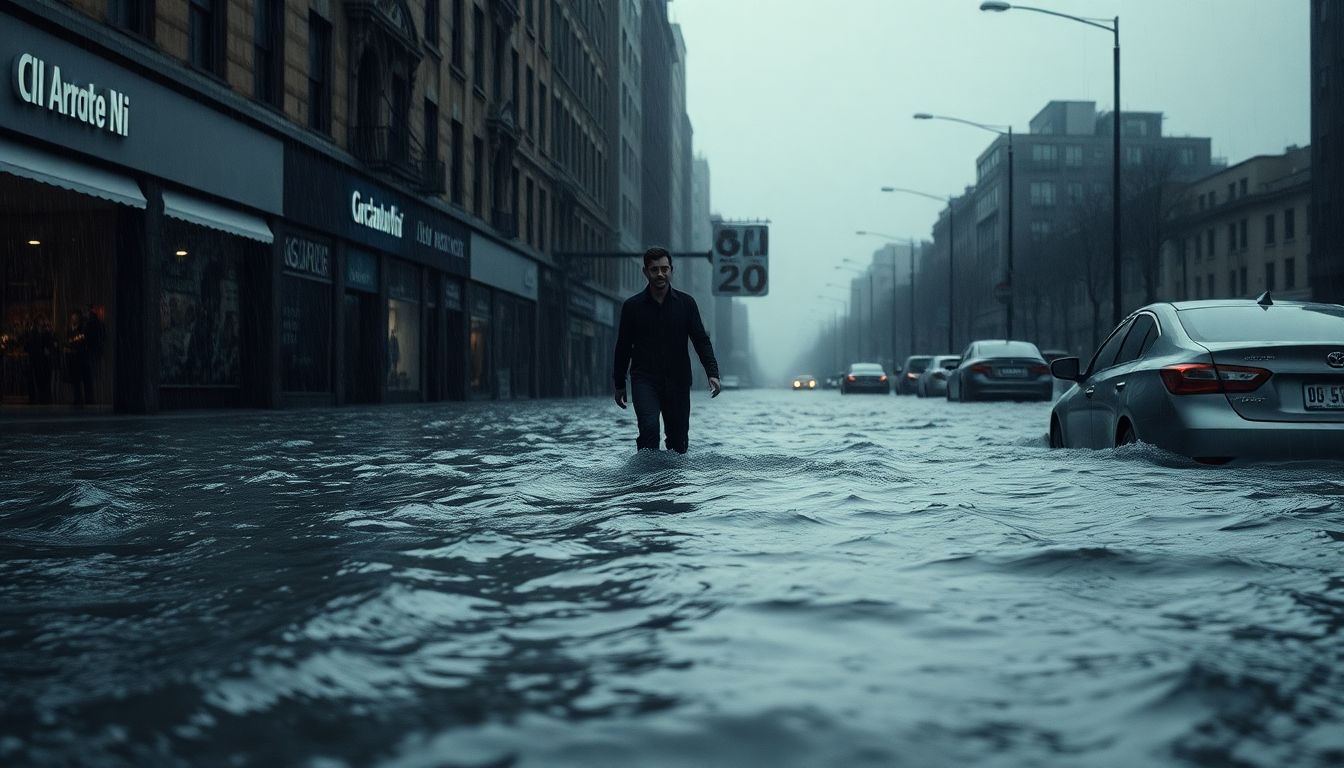When floodwaters threaten your home, which is ordinarily a safe haven, there come floods that, in many places around the world, are increasing both in frequency and in severity. Along with drowning, such hazards devastate homes, pollute water supplies, and trigger diseases. This guide presents simple things you can do to prepare yourself in the event of a flood occurring. It will teach you how to protect yourself during a flood, as well as how to recover once it has passed. And this will further increase your ability to remain safe.
Flood Risk Awareness and Preparations
Floods come in many types. Flash floods do happen within a small hourly period. River floods happen when rivers overflow. Coastal floods can develop as a reply to storm activity. It is very important to appreciate the flood hazards in your location.
Identifying Your Flood Zone
Flood maps are available for you to assess the flood risk assigned against you. These maps can be found on FEMA and local government sites. If you locate yourself in a high-risk zone, that means you need to be extra vigilant in your preparations.
Creating a Flood Emergency Plan
Your flood plan should consist of a few key considerations. Determining escape routes in advance is first. Decide how family and friends would be able to get in touch with one another. Choose a meeting point if separation occurs. One thing is for sure: the disaster supply kit must be available.
Assembling a Flood Survival Kit
What should be considered with the flood survival kit? Water, undoubtedly. Food that requires no cooking is another wise idea. You will want to have your first-aid kit. Be sure to put your needed medications. Communication devices would be useful. Hygiene products could be of help. Important documents need to stay dry and safe. Have you got babies in tow or elderly folks or pets? Pack their necessary items.
What to Do Immediately During a Flood for Survival?
When the flood comes, the ability to think fast can tip the scale in one’s favor. Right now, think about staying alive. Evacuate if you are asked, avoid danger.
Flood Warnings: What To Do
Floods can be foretold via NOAA Weather Radio and emergency alerts. When a flood warning is issued, a flood is occurring or imminent. When you receive a warning, take action immediately.
Evacuation
If instructed to leave, do so without delay. Finish preparing your home and secure it before leaving. Stick to the routes planned. Don’t drive through flooded roads. Do not drive through standing water. You do not know how deep it is.
What to Do If Trapped Indoors?
Can’t get out? Move to the highest level of the building. Signal for help, if you can. Use your supplies wisely. Stay updated on what is happening. Most importantly, stay calm.
Post-Flood Safety and Recovery
There remains danger even once the waters recede. Please continue to be careful during clean-up.
Damage Assessment
Do not enter damaged structures. Wait until they are assessed for safety. Inspect for structural hazards, falling debris, etc.
Health Hazard Prevention
Floodwater is contaminated. Mold will grow. Diseases can spread quickly. Boil it or use purification tablets prior to drinking any water. Protect food. Wash hands often.
Claiming and Assisting Insurance
Take photos of any damage, and file your insurance claim immediately. FEMA and the Red Cross will help in times of disaster.
Keeping Informed: Resources for Flood Safety
Stay up-to-date with credible sources. Use them to learn about floods and prepare for their effects on a household.
Government Agencies and Organizations
FEMA and NOAA are two great federal agencies to get to know. Red Cross is a great non-profit to contact. Go to website pages and read for assistance.
Weather Prediction and Alert Systems
Dependable weather apps could keep you informed. The installation of alerts in your region does this while keeping you informed.
Conclusion
Preparation, quick action, and smart recovery form the key to surviving a flood. Staying informed and getting prepared are what help an individual protect himself and those close to him. Particularly, knowledge helps in surviving a flood; therefore, preparation and firm knowledge will do. Follow these steps, and you’re more likely to stay safe when flooding occurs and in the following days.
